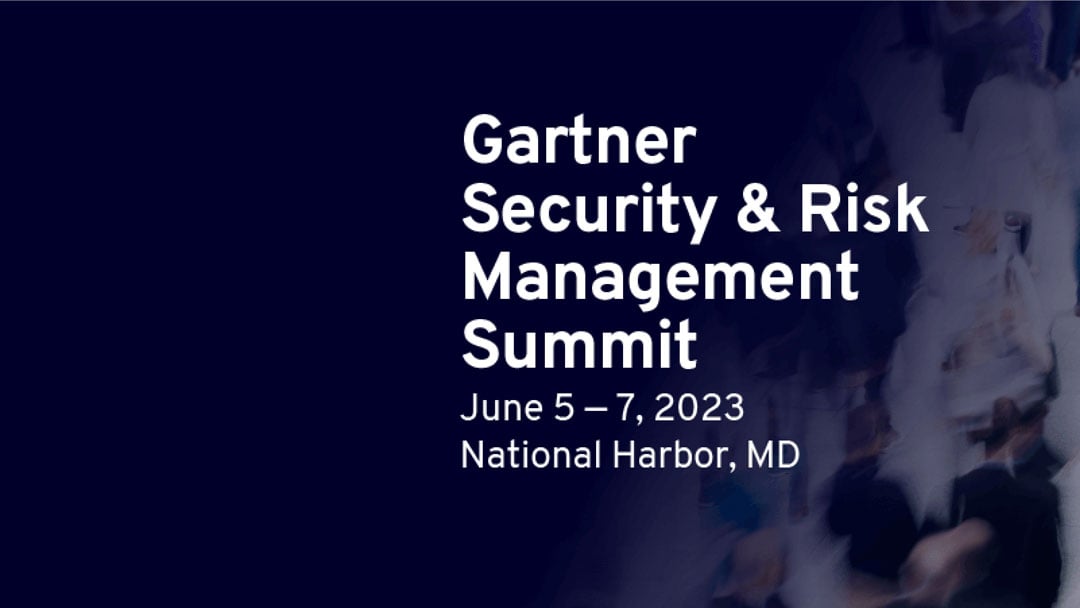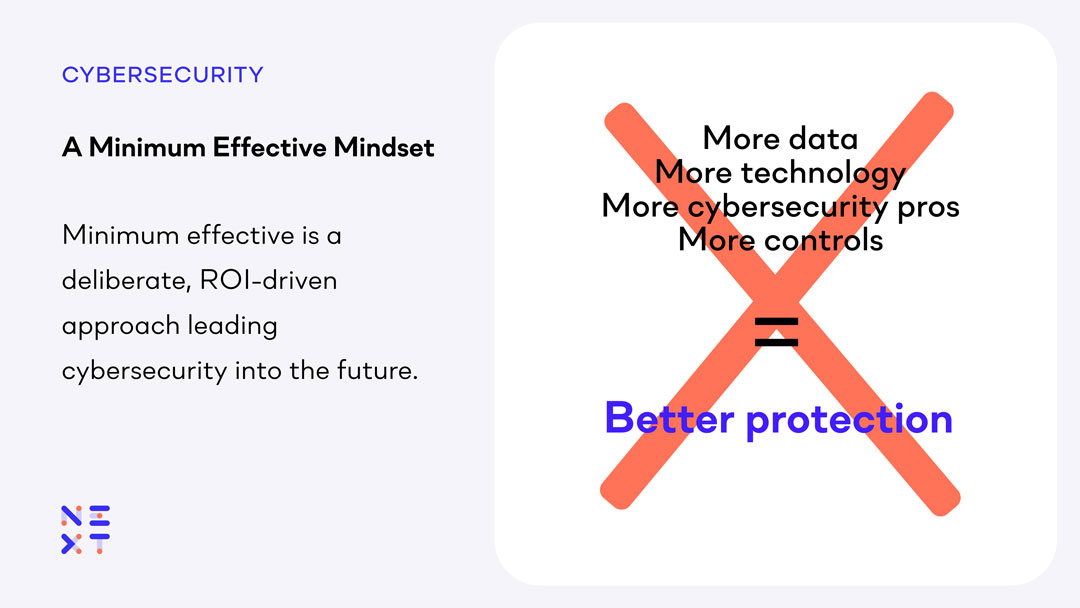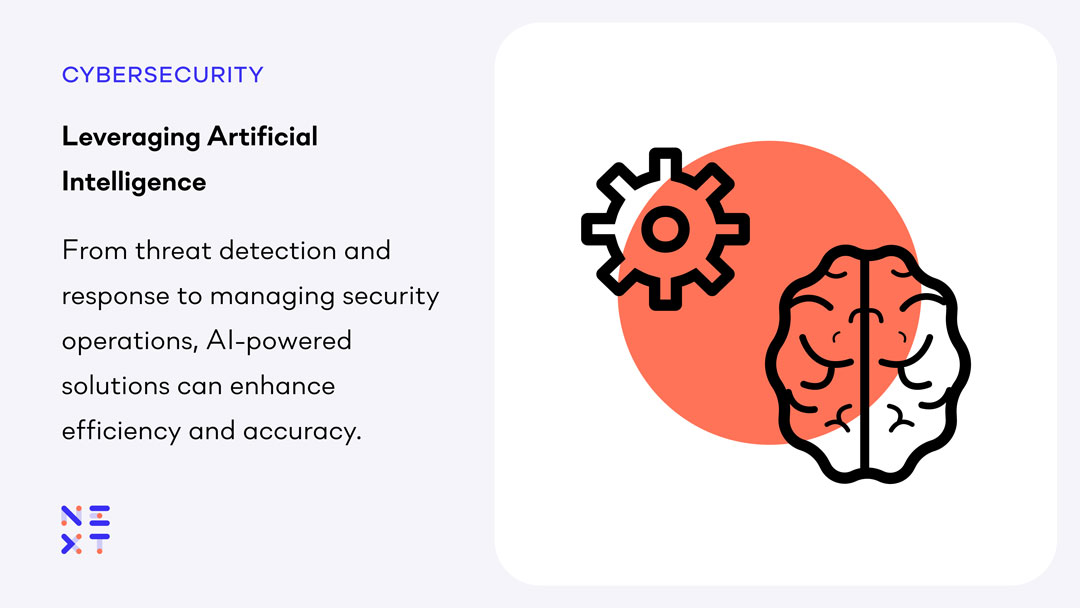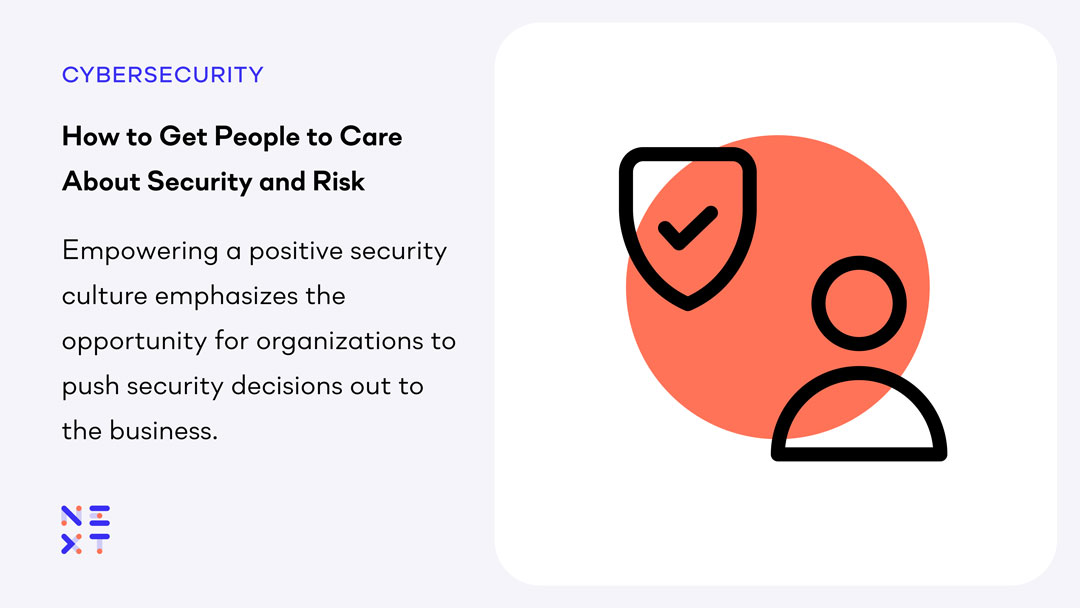Fortinet Acquires Next DLP Strengthens its Top-Tier Unified SASE Solution
Read the release

TL;DR:
The Gartner Security and Risk Management Summit brought together industry experts, professionals, and thought leaders in cybersecurity and risk management. With diverse sessions and engaging discussions, the summit provided valuable insights and key takeaways for attendees.
This blog post will explore noteworthy lessons from the summit and their implications for organizations.
 |
A resounding theme throughout the summit was the recognition that to get the maximum impact, cybersecurity needs to take on a minimum effective mindset across business engagement, technology, and talent. Minimum effective is a deliberate, ROI-driven approach leading cybersecurity into the future.
In Monday’s keynote, Four Cybersecurity Myths were examined through the minimum effective mindset lens.
 |
As the cybersecurity landscape becomes increasingly complex, automation and artificial intelligence (AI) are essential tools for organizations. AI-powered solutions can enhance efficiency and accuracy from threat detection and response to managing security operations. The summit highlighted the importance of integrating automation and AI technologies into security strategies for faster and more effective incident response. In particular, Dennis Xu’s “How ChatGPT Can Improve Security Operations” session was the most densely attended at the summit. Standing room only is an understatement; the room was so packed that the door staff had to turn people away to keep the room safe.
 |
Empowering a positive security culture took center stage at the summit, emphasizing the opportunity for organizations to push security decisions out to the business. By partnering with the business on key outcomes, using emotive messages to get employees to take notice and delivering instant gratification, organizations can make better decisions, allocate resources appropriately, and proactively address potential threats. In her keynote, Mary Mesaglio talked about thoughtfully integrating the business into the overall risk management strategy through humorous “Chocolate versus Kale” analogies, but also by showing that when employees see cybersecurity as their responsibility, their behavior becomes more secure.
The Gartner Security and Risk Management Summit offered invaluable insights and takeaways for attendees. From the importance of a minimum effective mindset to artificial intelligence use cases and getting people to care about security, attendees were empowered with the knowledge and tools to strengthen their security posture.

Blog

Blog

Blog

Blog

Resources

Resources

Resources

Resources
